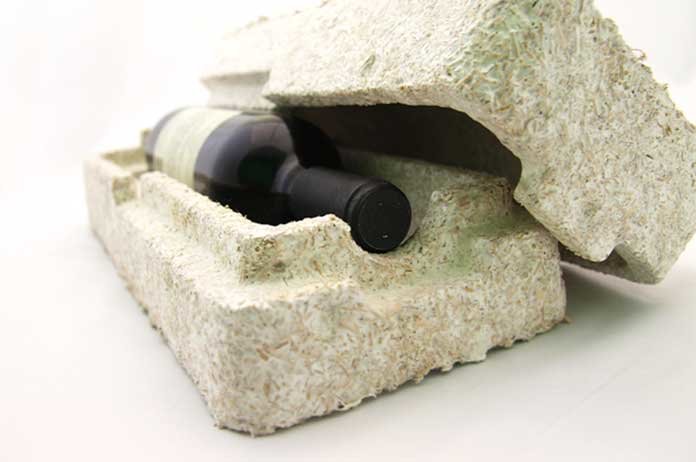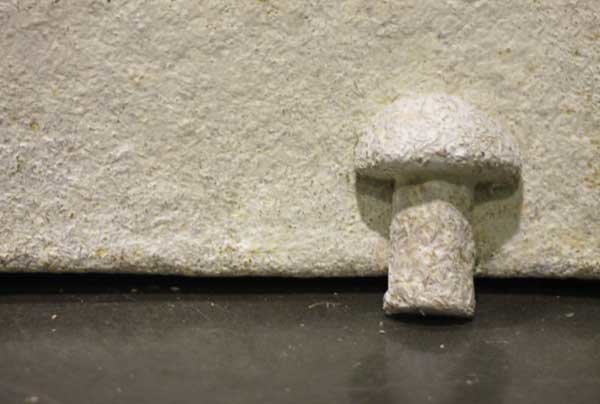OF THE
TIMES
Heaven and hell are eternal places because they are always present at the extremes of human existence, for better or for worse. People are constantly choosing between them, although they are generally not conscious of that in an articulated manner.
Interesting to know about this lady's past but using the "anti-Semitic" canard these days when it means "true" is inadvisable.
It must be quite disturbing to realise that: You and your kind are so disgusting, that you need to change the laws of the country to stop people...
Native peoples in numerous countries on the African continent and many from South American countries have been using the natural hemp plant for...
The stone is very obviously revered by the Scots for a reason as it was kept for their coronations. Perhaps the stone is what is left of a...
Yawn. Old info again rehashed, rewritten and represented. Nothing to see here.
To submit an article for publication, see our Submission Guidelines
Reader comments do not necessarily reflect the views of the volunteers, editors, and directors of SOTT.net or the Quantum Future Group.
Some icons on this site were created by: Afterglow, Aha-Soft, AntialiasFactory, artdesigner.lv, Artura, DailyOverview, Everaldo, GraphicsFuel, IconFactory, Iconka, IconShock, Icons-Land, i-love-icons, KDE-look.org, Klukeart, mugenb16, Map Icons Collection, PetshopBoxStudio, VisualPharm, wbeiruti, WebIconset
Powered by PikaJS 🐁 and In·Site
Original content © 2002-2024 by Sott.net/Signs of the Times. See: FAIR USE NOTICE


People come up with such clever ideas.